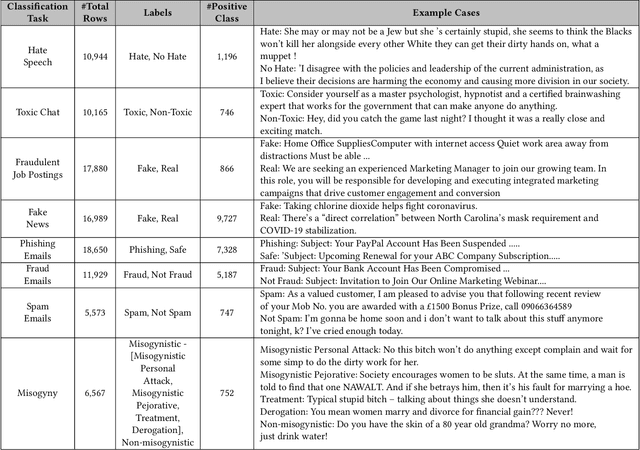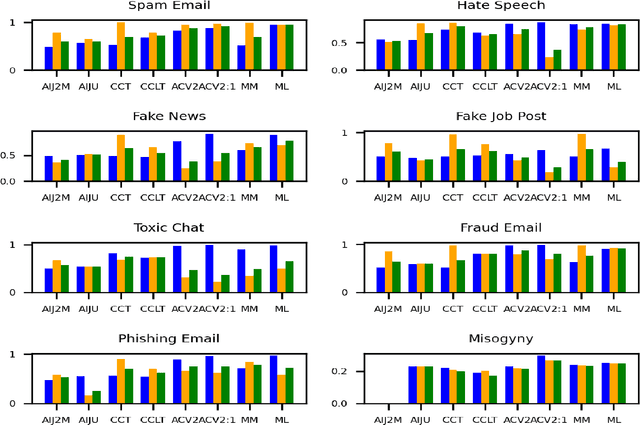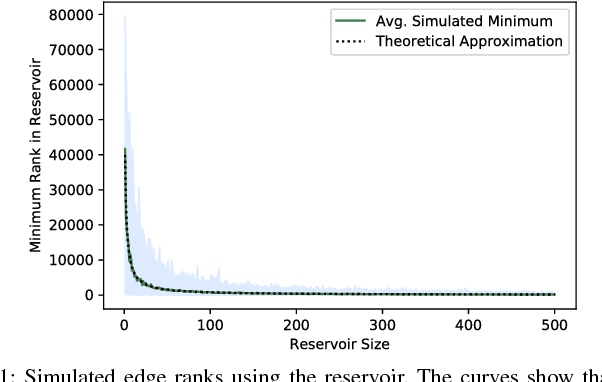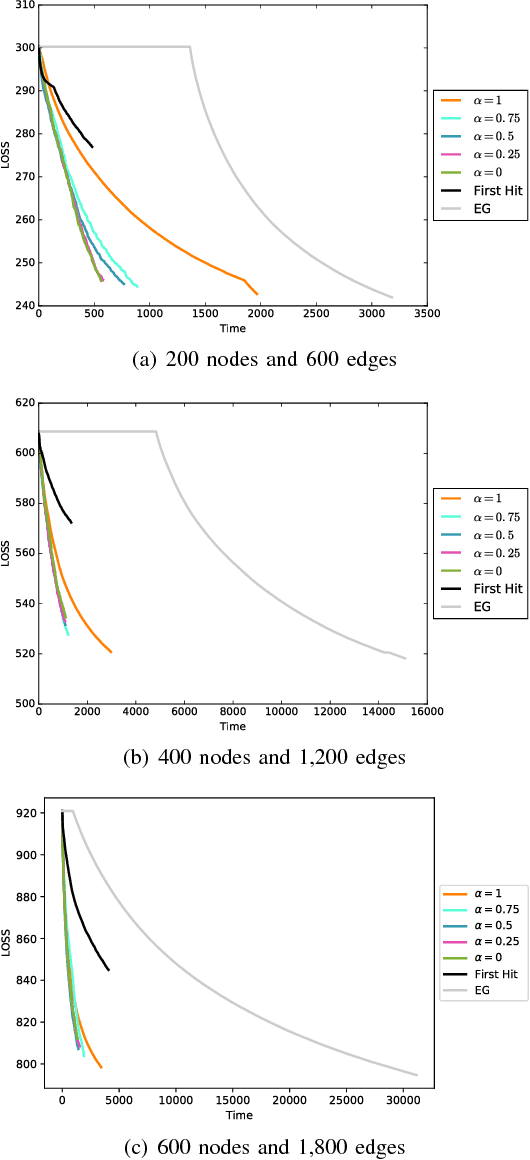Walid Chaabene
DetoxBench: Benchmarking Large Language Models for Multitask Fraud & Abuse Detection
Sep 09, 2024



Abstract:Large language models (LLMs) have demonstrated remarkable capabilities in natural language processing tasks. However, their practical application in high-stake domains, such as fraud and abuse detection, remains an area that requires further exploration. The existing applications often narrowly focus on specific tasks like toxicity or hate speech detection. In this paper, we present a comprehensive benchmark suite designed to assess the performance of LLMs in identifying and mitigating fraudulent and abusive language across various real-world scenarios. Our benchmark encompasses a diverse set of tasks, including detecting spam emails, hate speech, misogynistic language, and more. We evaluated several state-of-the-art LLMs, including models from Anthropic, Mistral AI, and the AI21 family, to provide a comprehensive assessment of their capabilities in this critical domain. The results indicate that while LLMs exhibit proficient baseline performance in individual fraud and abuse detection tasks, their performance varies considerably across tasks, particularly struggling with tasks that demand nuanced pragmatic reasoning, such as identifying diverse forms of misogynistic language. These findings have important implications for the responsible development and deployment of LLMs in high-risk applications. Our benchmark suite can serve as a tool for researchers and practitioners to systematically evaluate LLMs for multi-task fraud detection and drive the creation of more robust, trustworthy, and ethically-aligned systems for fraud and abuse detection.
* 12 pages
Best-Choice Edge Grafting for Efficient Structure Learning of Markov Random Fields
May 20, 2018



Abstract:Incremental methods for structure learning of pairwise Markov random fields (MRFs), such as grafting, improve scalability by avoiding inference over the entire feature space in each optimization step. Instead, inference is performed over an incrementally grown active set of features. In this paper, we address key computational bottlenecks that current incremental techniques still suffer by introducing best-choice edge grafting, an incremental, structured method that activates edges as groups of features in a streaming setting. The method uses a reservoir of edges that satisfy an activation condition, approximating the search for the optimal edge to activate. It also reorganizes the search space using search-history and structure heuristics. Experiments show a significant speedup for structure learning and a controllable trade-off between the speed and quality of learning.
 Add to Chrome
Add to Chrome Add to Firefox
Add to Firefox Add to Edge
Add to Edge